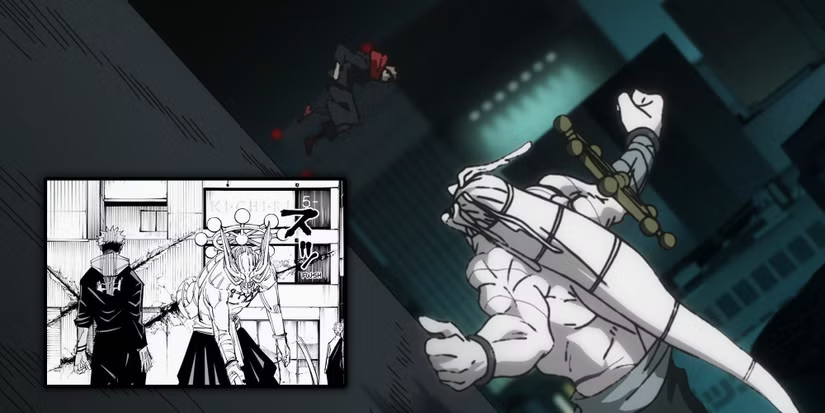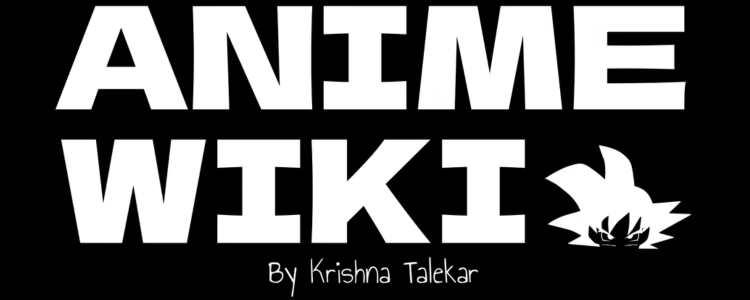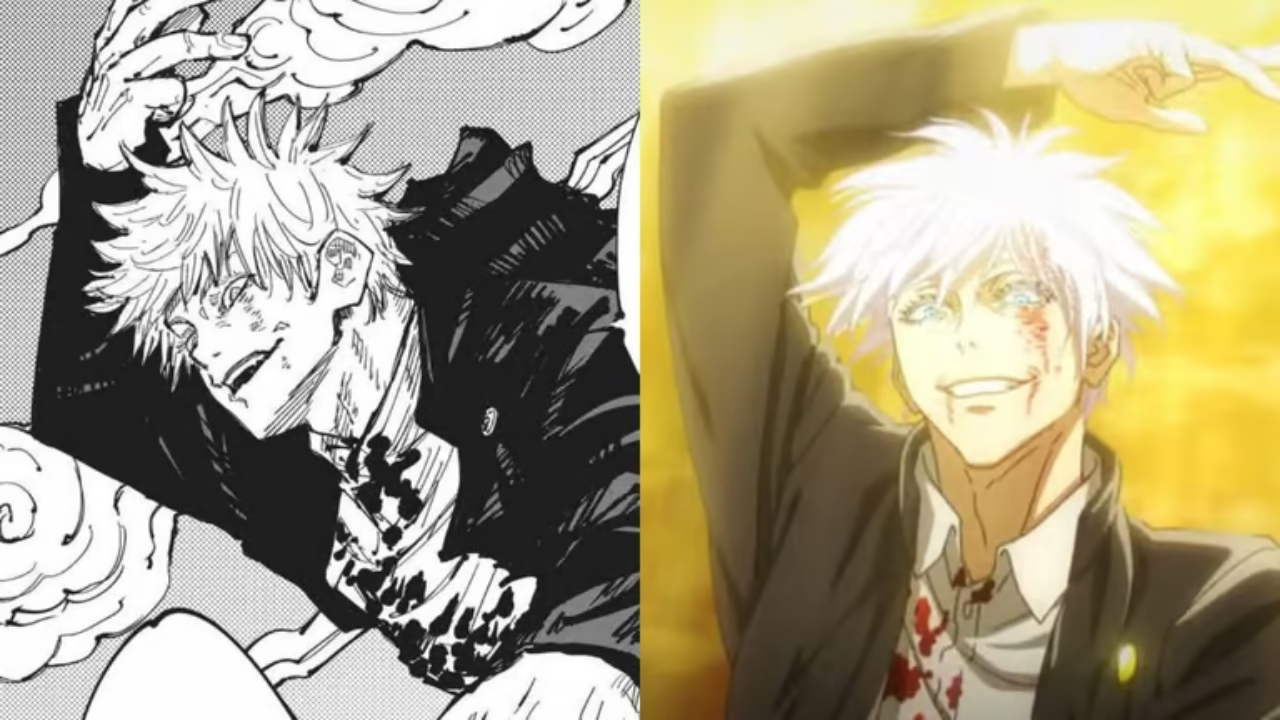In the world of dark fantasy battle shonen, Jujutsu Kaisen has taken the anime community by storm since its debut. Created by Gege Akutami, this supernatural thriller presents fans with a common dilemma: should you experience the story through its original manga format or MAPPA’s acclaimed anime adaptation?
This in-depth comparison explores the unique strengths and weaknesses of both formats, examining everything from storytelling approaches to visual presentation. Whether you’re new to the cursed world of jujutsu sorcerers or a longtime fan debating which version reigns supreme, we’ll break down what makes each medium special.
Storytelling: Manga Pacing vs Anime Adaptation
The manga and anime adopt noticeably different approaches to storytelling, with each format leveraging its unique strengths.
Manga Strengths:
- Consistent, creator-driven pacing
- More detailed exposition and internal monologues
- Unfiltered, direct narrative from Gege Akutami’s vision
- Ability to quickly consume content at your own pace
The manga’s pacing feels relentlessly forward-moving, particularly during the Shibuya Incident arc where multiple battles and character perspectives overlap in rapid succession. Readers can absorb information at their own speed, which helps when processing complex jujutsu techniques and curse mechanics.
Anime Strengths:
- Strategic scene extensions that enhance emotional moments
- Carefully planned episode breaks that build tension
- Addition of subtle character moments not in the manga
- Smooth transitions between scenes through visual direction
MAPPA’s adaptation occasionally reorders scenes for dramatic effect. For example, in Season 1, the anime shifted some flashback sequences to create more impactful episode endings. The Origin of Obedience arc benefited from this treatment, with the anime giving more weight to Nobara’s backstory by extending certain moments.
When comparing the Hidden Inventory/Premature Death arc, the anime’s deliberate pacing gave viewers more time to absorb Gojo and Geto’s relationship, making their eventual split more devastating. Meanwhile, manga readers experienced this crucial backstory in a more compressed timeframe.
Visuals: Manga Art vs MAPPA Animation
Visual presentation represents perhaps the starkest difference between formats.
Manga’s Visual Appeal:
- Gege Akutami’s distinctive sketchy, high-contrast art style
- Innovative panel layouts during fight sequences
- Raw, sometimes brutally detailed depictions of violence
- Progressive improvement in art quality as the series continues
Akutami’s art style features heavy use of blacks, creating a genuinely ominous atmosphere that perfectly fits the dark fantasy setting. The fight between Sukuna and Mahoraga in the Shibuya arc showcases this perfectly, with dramatic panel compositions emphasizing the overwhelming power difference.
Anime’s Visual Spectacle:
- MAPPA’s fluid animation, especially during Domain Expansions
- Consistent character designs throughout episodes
- Vibrant color palettes that differentiate cursed techniques
- Dynamic camera movements during action sequences
The anime elevates certain moments to breathtaking heights, particularly Gojo’s Hollow Purple technique against Hanami and the Jogo fight sequence. MAPPA’s animation of Domain Expansions—especially Gojo’s Unlimited Void—creates an otherworldly experience impossible to capture in static images.
The Todo vs Hanami fight in Season 1 represents a perfect example of the anime’s visual advantage, with the boogie woogie technique rendered in fluid, kinetic animation that clarifies exactly how the spatial manipulation works in ways the manga couldn’t show as effectively.
Emotional Tone: What Hits Harder?

Emotional impact varies significantly between formats, with each medium using different tools to connect with the audience.
Manga’s Emotional Delivery:
- Stark, immediate gut punches through powerful panel compositions
- Reader-controlled pace allows deeper reflection on tragic moments
- Gege’s art style perfectly captures disturbing body horror
- Unfiltered presentation of traumatic moments
The death of certain characters hits differently in the manga, where a single devastating panel can linger in readers’ minds. Nanami’s final moments in the Shibuya arc exemplify this, with the stark black and white imagery creating an unforgettable emotional impact.
Anime’s Emotional Arsenal:
- Exceptional voice acting bringing characters to life
- Musical score enhancing emotional scenes
- Animation of subtle facial expressions
- Sound design amplifying disturbing moments
The anime transforms certain emotional scenes through its additional sensory elements. Yuji’s breakdown after confronting death early in Season 1 gained tremendous power through voice actor Junya Enoki’s performance and the haunting soundtrack.
The anime’s presentation of Junpei’s arc connected viewers more deeply to the character through subtle animation of his expressions and body language, making his ultimate fate even more devastating than in the manga.
Action Scenes: Panel vs Choreography

Fight scenes are Jujutsu Kaisen’s bread and butter, and each medium handles them differently.
Manga’s Action Approach:
- Creative panel layouts showing multiple movements simultaneously
- Strategic use of two-page spreads for climactic moments
- Focus on impact frames rather than transition movements
- Reader imagination fills gaps between panels
The manga excels at showcasing raw power through dramatic compositions. Sukuna’s domain expansion against Mahoraga used a series of increasingly chaotic panels to convey overwhelming dominance, culminating in a breathtaking two-page spread.
Anime’s Combat Presentation:
- Fluid animation showing complete attack sequences
- Detailed choreography revealing character fighting styles
- Enhanced impact through sound design
- Dynamic camera movements following the action
The anime adaptation transforms good fights into great ones through MAPPA’s animation prowess. Todo and Yuji versus Hanami stands as perhaps the best example, with the anime expanding what was already an impressive fight in the manga into an unforgettable sequence of perfectly choreographed hand-to-hand combat, punctuated by expertly animated cursed techniques.
Season 2’s Gojo vs Toji fight demonstrated how animation can elevate combat by showing the incredible speed difference between fighters through fluid movement rather than just telling viewers about it.
Key Arcs Comparison
Hidden Inventory/Gojo’s Past:
- Manga: Concise storytelling with efficient character development
- Anime: Enhanced emotional impact through voice acting and music
- Verdict: Anime version slightly edges out by giving this crucial backstory room to breathe
Shibuya Incident:
- Manga: Relentless pacing creates overwhelming tension
- Anime: Animation quality brings spectacular fights to life with greater clarity
- Verdict: Too close to call; manga’s pacing creates unique anxiety, while anime makes complex battles easier to follow
Death Painting Arc:
- Manga: Efficient storytelling with strong horror elements
- Anime: Enhanced character development through additional scenes
- Verdict: Anime adaptation improves on the source material with thoughtful extensions
Fan Opinions & Ratings
The debate rages on in fan communities, with valid arguments for both sides.
According to MyAnimeList, the Jujutsu Kaisen anime maintains an impressive 8.6/10 score, while the manga sits at 8.7/10—suggesting fans regard both versions highly.
Sales figures tell an interesting story: the manga experienced explosive growth following the anime’s debut, with circulation increasing from 8.5 million copies in December 2020 to over 45 million by December 2021.
Reddit polls frequently show a slight preference for the manga among longtime fans, while newer audiences often prefer the anime as their entry point. Common fan feedback includes:
- “The manga’s art hits harder during emotional moments”
- “MAPPA’s animation makes the fights easier to follow”
- “Voice acting adds so much to characters like Gojo and Sukuna”
- “The manga’s pacing feels more consistent throughout arcs”
Pros & Cons
Manga Pros:
- Complete story available beyond the anime
- Creator’s original vision
- Distinctive artistic style
- Can be consumed at your own pace
- Uncensored content
Manga Cons:
- Complex fight sequences can be harder to follow
- Missing audio elements like voice acting and music
- Art style can appear inconsistent in early chapters
- Requires more active interpretation from readers
Anime Pros:
- Spectacular animation elevating fight scenes
- Voice acting bringing characters to life
- Musical score enhancing emotional impact
- Easier entry point for newcomers
- Clarifies complex jujutsu techniques through animation
Anime Cons:
- Behind the manga in story progression
- Some content slightly censored
- Long waits between seasons
- Occasional pacing issues to fit manga chapters into episodes
Final Verdict: Which One to Start With?
For newcomers to Jujutsu Kaisen, the anime provides the most accessible entry point. MAPPA’s animation quality, combined with stellar voice acting and Hiroaki Tsutsumi’s haunting soundtrack, creates an immersive experience that helps clarify the sometimes complex jujutsu system.
However, manga readers get the complete story beyond where the anime has currently adapted, including the extensive Culling Game arc and beyond. The manga also offers Gege Akutami’s unfiltered vision, with darker moments and more graphic content than the slightly toned-down anime.
The ideal approach might be to start with the anime to get invested in the world and characters, then transition to the manga to continue the story. Many fans enjoy both formats for their unique strengths: anime for the spectacle of key moments, manga for the complete narrative and creator’s original vision.
Ultimately, both versions excel at delivering Jujutsu Kaisen’s unique blend of supernatural action, psychological horror, and surprising emotional depth. Whether you prefer the kinetic energy of animation or the stark impact of Akutami’s illustrations, you’re experiencing one of modern shonen’s most compelling stories.
FAQs
-
Is Jujutsu Kaisen manga better than the anime?
Neither is objectively “better”—both formats have unique strengths. The manga offers Gege Akutami’s complete, unfiltered vision and has advanced much further in the story. The anime features spectacular animation from MAPPA, excellent voice acting, and a haunting soundtrack that enhances the experience. Your preference will depend on whether you value having the complete story now (manga) or a more audiovisually immersive experience (anime).
-
Should I read the manga or watch the anime first?
For most newcomers, the anime makes an excellent entry point. The animation clarifies complex jujutsu techniques and fights, while the voice acting helps establish character personalities. After catching up with the anime, transitioning to the manga allows you to continue the story beyond the animated content.
-
Does the anime follow the manga accurately?
Yes, the Jujutsu Kaisen anime is remarkably faithful to the manga. MAPPA occasionally reorders some scenes or extends certain moments for dramatic effect, but these changes generally enhance the story rather than altering it. No significant plot points or character developments are changed between versions.
-
What arcs are better in the manga vs anime?
The Shibuya Incident arc benefits from the manga’s relentless pacing and stark visual style, creating an overwhelming sense of chaos. Meanwhile, the Hidden Inventory/Gojo’s Past arc gains emotional depth in the anime through excellent voice acting and musical scoring. The Death Painting arc is arguably better in the anime due to thoughtful scene extensions that develop the characters more fully.
-
Which version has better fight scenes?
For clarity and spectacle, the anime’s fight scenes are generally superior. MAPPA’s fluid animation makes complex techniques easier to understand, particularly in fights involving spatial manipulation or high-speed movement. However, the manga’s fight scenes deliver more immediate impact through dramatic panel compositions and often feel more intense due to less censorship of graphic violence.


Leave a Reply